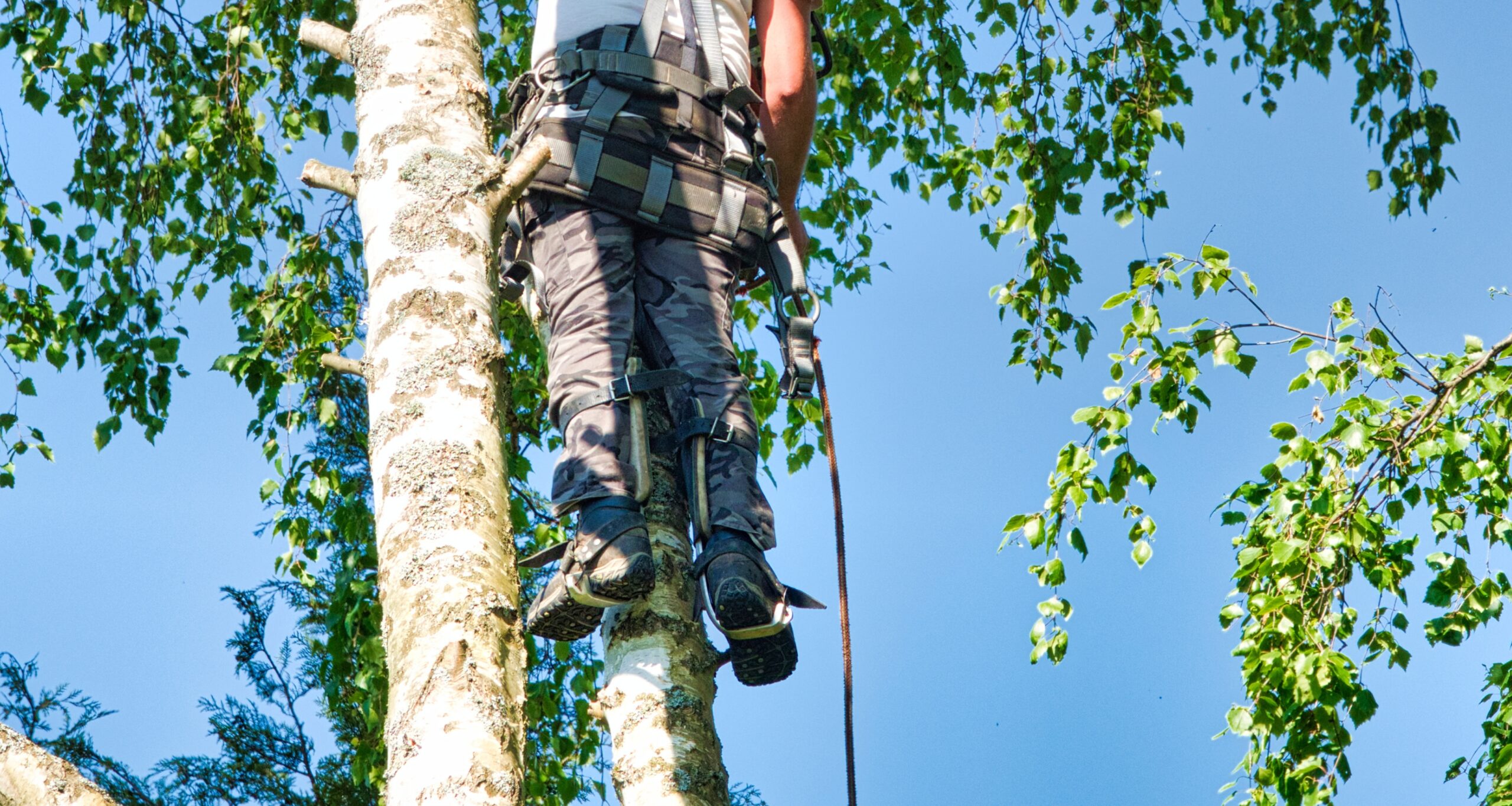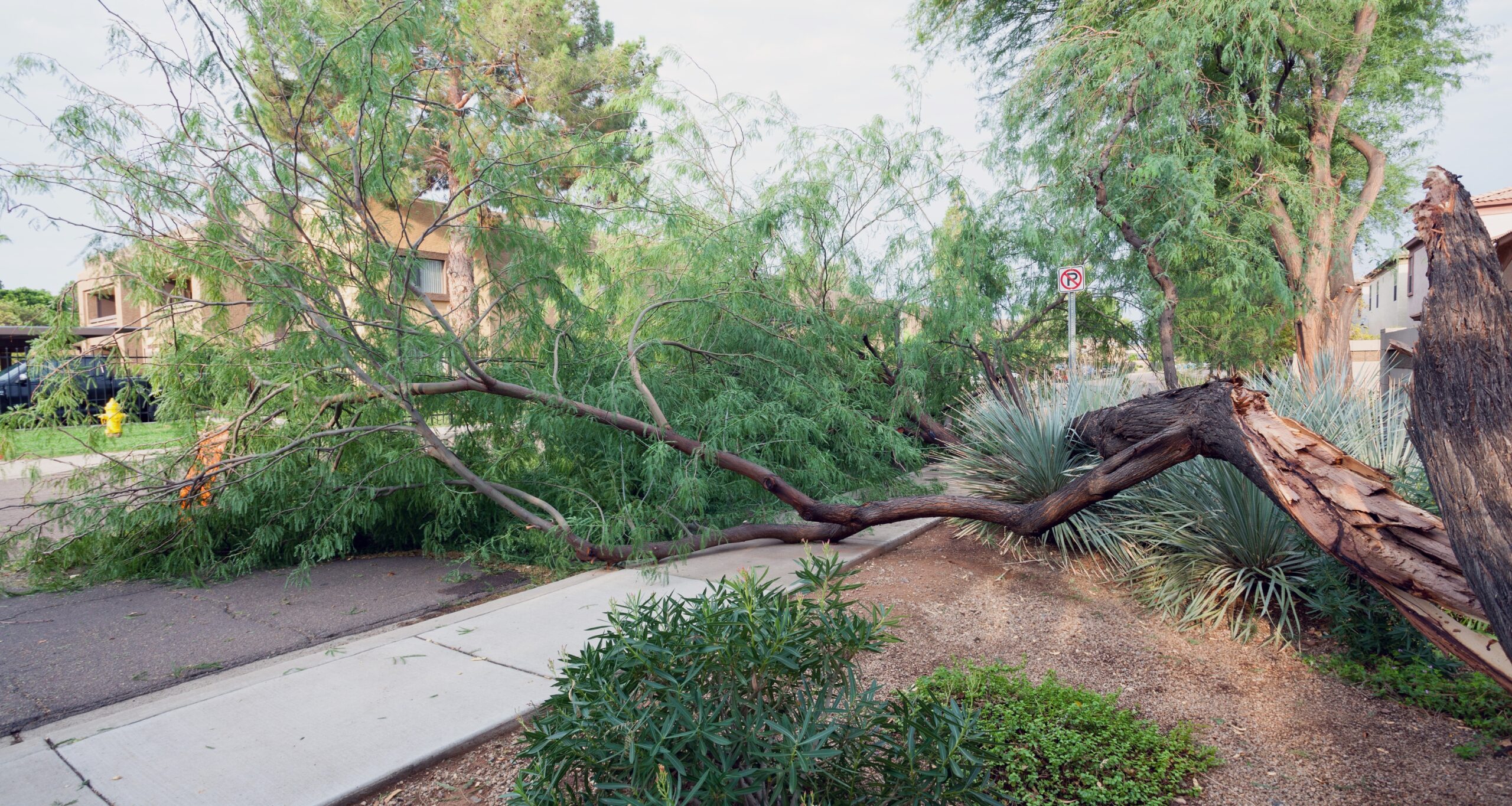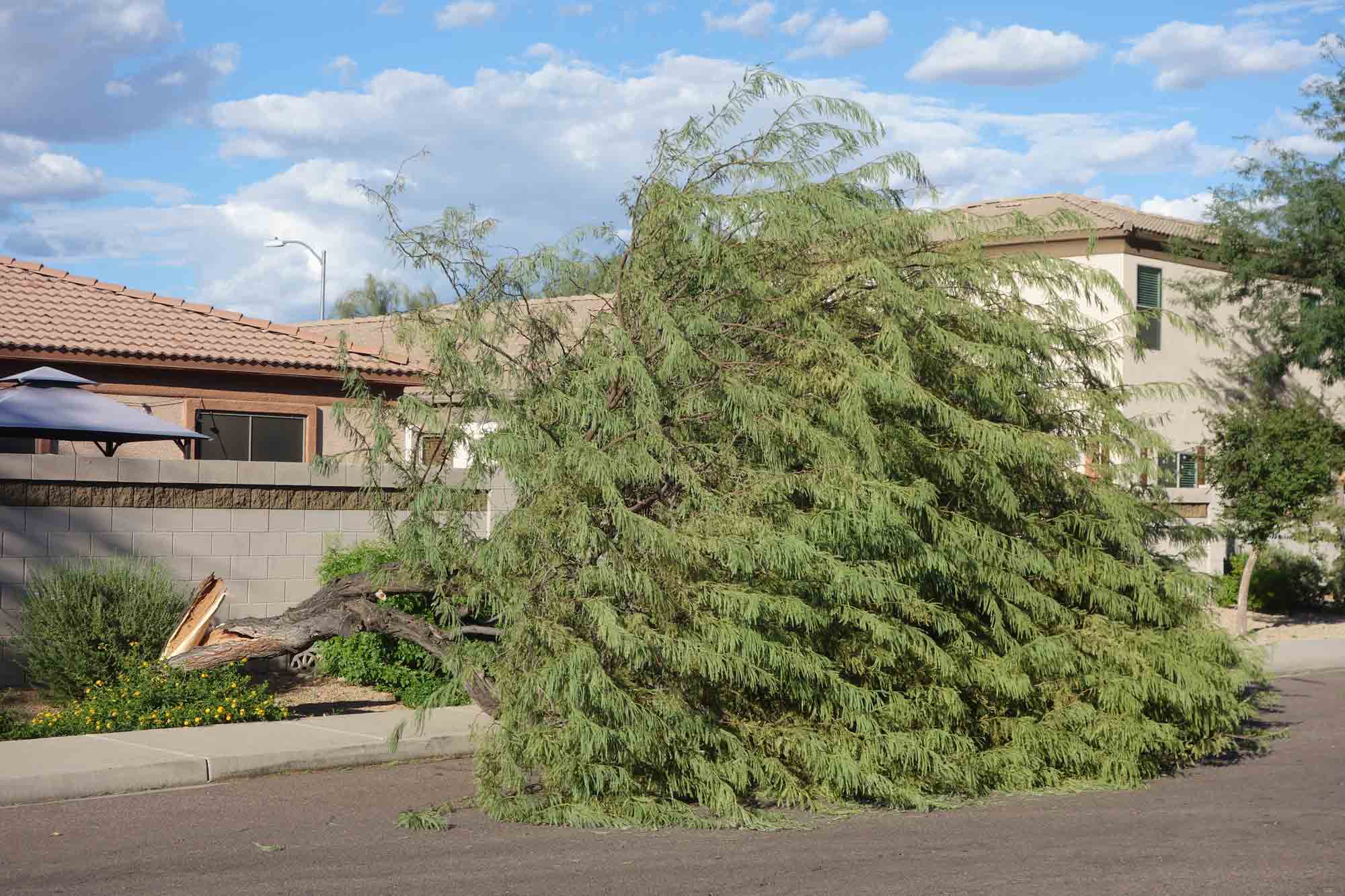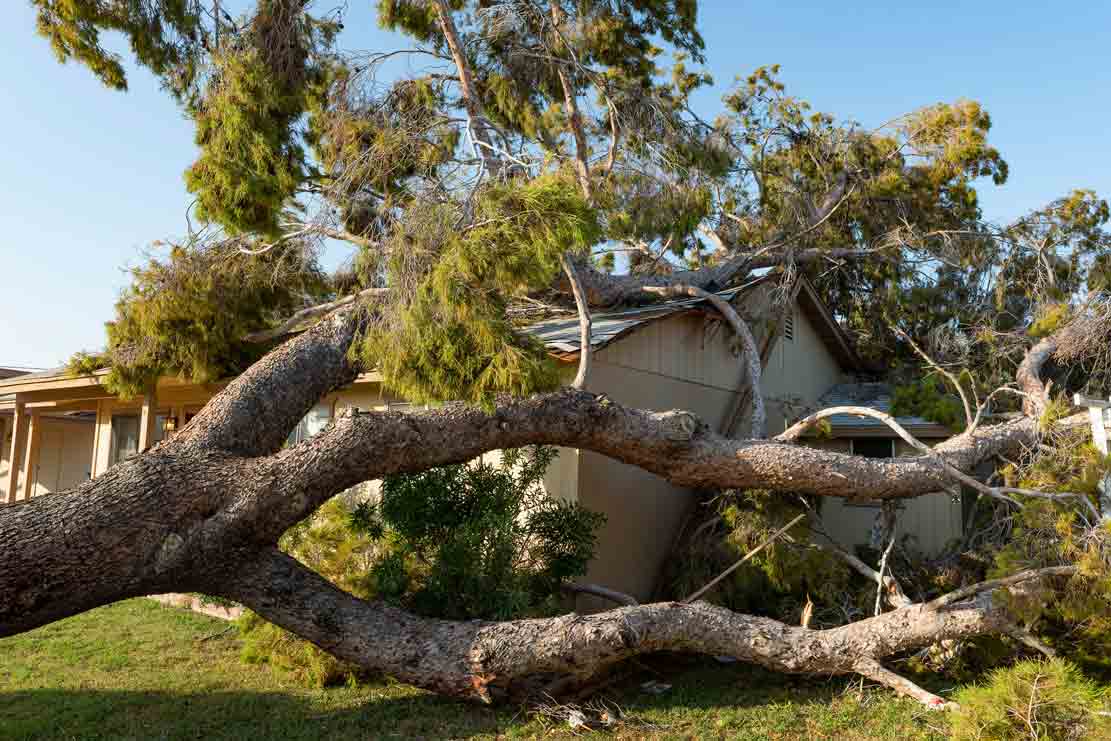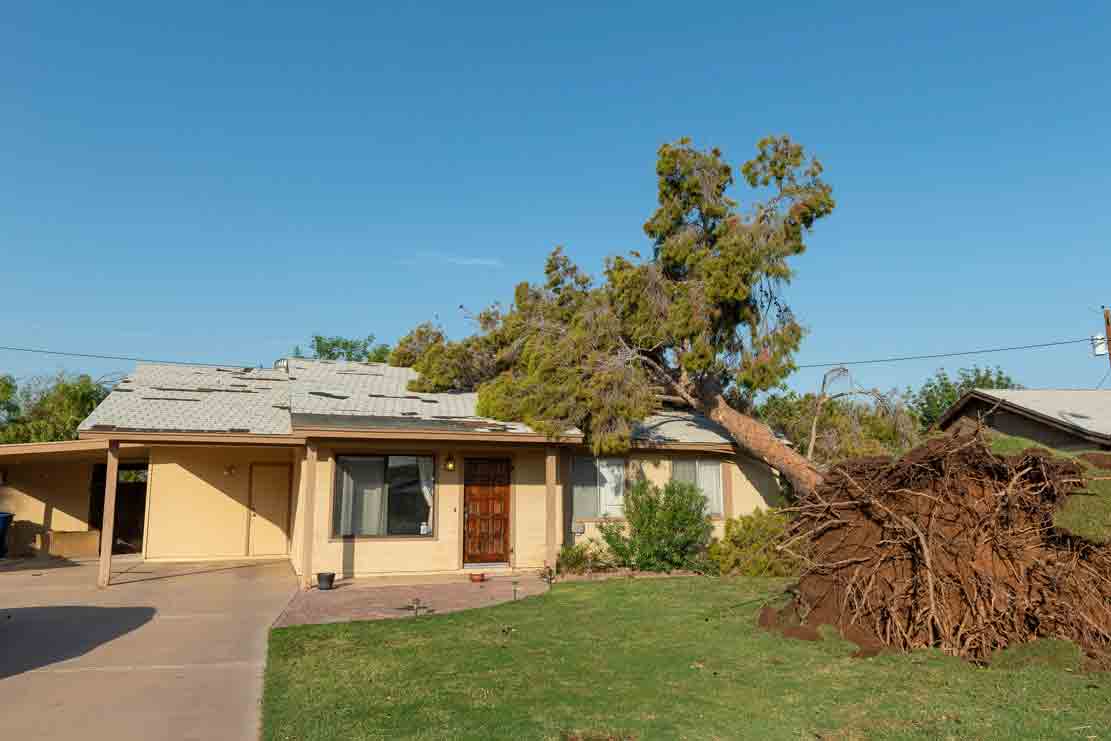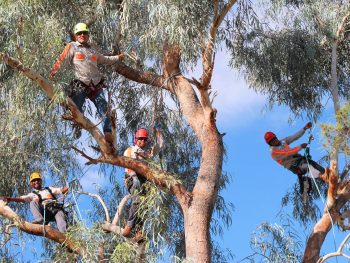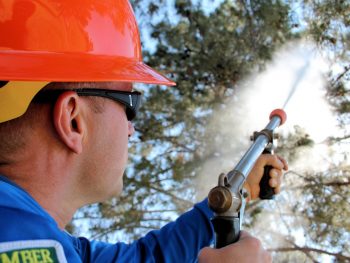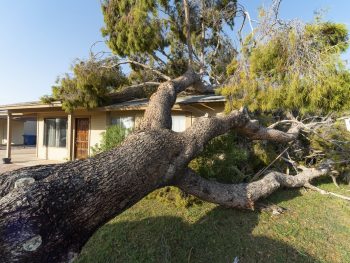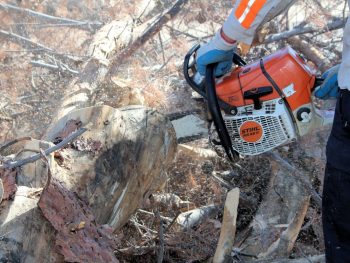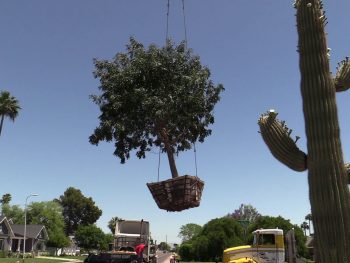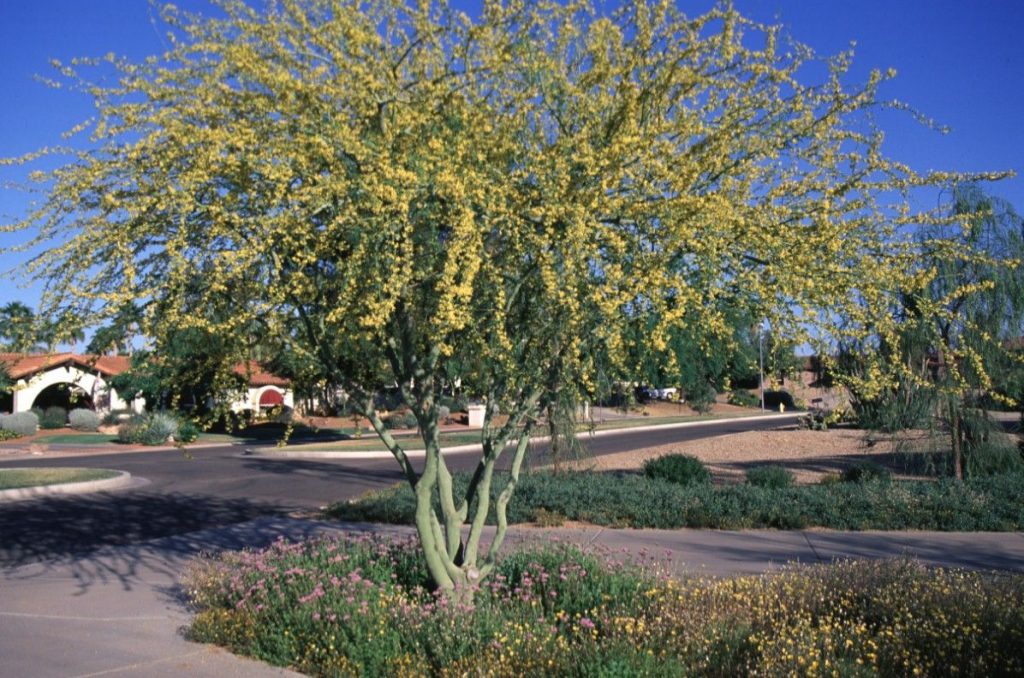parkinsonia praecox
If you think the Palo Brea trees are in the same family as the Palo Verde, you are right. The Palo Brea is the Sonoran relative that immigrated to our Phoenix desert area. Some people may call it the Sonoran Palo Verde rather than the Palo Brea.
While very similar, there are a few details that help you distinguish between the Palo Brea and other varieties.
The Palo Brea has blue-green bark that is an eye-catcher due to its sculptural beauty. The trunk twists and turns and appears more like a piece of art created by nature. It’s almost like the colored bark is draping off the tree. The tree stands taller than other Palo varieties, up to 35 feet. There aren’t as many lower branches, making it an exceptional companion tree from Arizona plants and shrubs.
The canopy is just as majestic as other trees within this family due to a widespread, height and an enormous amount of leaves that are bright yellow.
So, how do you care for a tree like the Palo Brea?
What It Must Have to Thrive
According to the arborists in Phoenix at Design Tree Maintenance, Palo Brea trees are like it’s relatives, it needs a lot of sun and not a whole lot of water. That’s what makes them so perfect for your home in the Phoenix area.
Tree experts recommend watering the Palo Brea two times a month in the hot summer, and once a month during the winter.
Growth and Development
Helping the Palo Brea grow and thrive means planting them at the right time, and pruning them the right way.
Any season but winter. That’s the recommendation from local tree companies as to when to plant the Palo Brea. Although the winters in Arizona are typically harsh due to cold weather, and even though the Palo Brea tree has hardiness of 25 degrees, it is still best to plant in warmer months.
When warmer, the tree roots are given the best opportunity to grow, develop, and maintain nutrients that help.
Pruning
Pruning is essential for the Palo Brea tree, especially if your goals are for landscaping purposes. Pruning should only be done by a local arborist who has the experience and the equipment needed. Because the tree’s branches grow high and wild, it is not as simple to see where and how to prune it. The branches grow crazy in all directions, making it more challenging to determine how a cut will affect the rest of the tree. Arizona licensed arborists are trained to prune the tree correctly.
They know the difference between cold-weather pruning and hot-weather pruning. Colder season pruning can introduce trees to bacterial infections.
They also know when and how to fertilize the tree for best growth and development. Typically, fertilizing happens when the tree is young and stops as it ages.
Local tree companies have access to the right kinds of mulch and fertilizers that include the nutrients and minerals the Palo Brea needs for health.
Many Uses of the Palo Brea
According to research, this Sonoran tree has a waxy coating, which some have used as a glue. It is also said to have medicinal purposes and has a sweet taste. Some chew on it as a snack.
The sap of the tree has been a natural remedy for arthritis and breathing problems like asthma by boiling it into a tea and sipping it.
The Palo Brea is also an excellent companion tree for many plants and shrubs that do not need full sun to thrive.
Let’s Talk Landscaping
At Design Tree Maintenance, we like to follow the guidelines when it comes to planting trees. We have seen what happens when people plant the Palo Brea in areas that are not recommended. Swimming pools are filled with a massive amount of leaves, branches, and seed pods that easily fall from the Palo Brea’s canopy.
When planted too close to where people and animals travel, they receive cuts and scrapes from the thorns that can grow on the tree.
If planted in a grassy area, the Palo Brea does not thrive as well as when planted in an open expanse, where they can grow without bumping into other roots or trees.
If you love this tree, as we do, let us evaluate your landscape with you to find the best possible spot to plant it. Together, we can design a plan that provides beauty without a lot of work, so you can spend more time enjoying your outdoor space.


